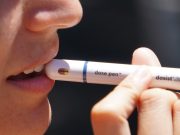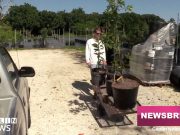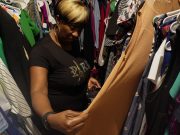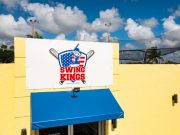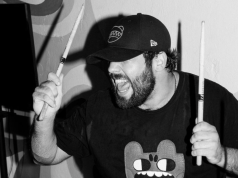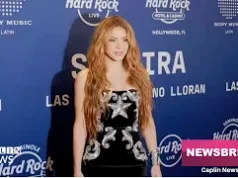When 150,000 electronic dance music lovers gather in Bayfront Park this weekend for Ultra, a smaller crowd will be preparing for what they leave behind: Trash. Tons of it.
Since 1999, Ultra has attracted thousands to Miami for the three-day music festival, which starts Friday. To better deal with what concert-goers leave behind, Ultra has developed plans and partnerships with a variety of organizations, including Love the Everglades and Debris-Free Oceans.
Last year, Ultra’s sustainability efforts saved 184,000 pounds of waste from going into landfills and recycled over 81,000 pounds of aluminum cans, all through partnership and teamwork with the community, according to Ultra’s eco-friendly program, Mission: Home.
And Ultra fans bring unique debris, from glitter to hair dye, that requires inventive solutions.
The most recent agreement between Ultra organizers and Miami’s Bayfront Park Trust includes specific requirements for cleaning up the park.
Ultra is determined to meet them.
Ultra 2024 begins March 22, but Ultra’s women-led sustainability team and Eco Village are already working hard to ensure environmental goals are met.
“At this point, their sustainability team goes crazy over the next couple of weeks, camping out at Ultra leading up to it,” said Madeline Kaufman, program director for Debris Free Oceans.
“My favorite part of Ultra’s sustainability program is their dedication to education, said Kaufman, who has worked with Ultra for over four years. “It’s one thing to have these amazing initiatives, but it’s limited to the time and space of the event.’’
Ultra wants participants to leave the event with an environmental focus that goes beyond the music festival, she said.
Debris Free Oceans has been a part of Ultra’s environmental initiatives since 2019. Its members focus on cleanup and education – and they get to enjoy the music.
“They give our team free passes, and we spend a couple of hours in the village talking to festival-goers, talking to them about plastics, engaging them in artwork, and handing out truly biodegradable glitter,” says Kaufman.
Glitter and body paint are part of the Ultra unofficial dress code, so dealing with its environmental impact is no small thing. Microplastics and other harmful agents are used to make glitter, as seen in typical craft and supply stores.
So Ultra and its partners found an eco-friendly solution.
To make edible biodegradable glitter, “Just sugar and food dye, there’s a specific ratio our science director Lucia created, and you set it out on a pan for a couple of hours in the sun to set, and you can use lip balm to stick it on your body,” Kaufman said.
Not all of Ultra’s partners are environmental groups. For Ultra 2023, Shein, a top fast-fashion clothing brand, worked with the event. Debris Free Oceans joined the brand to set up a clothing swap “to highlight the importance of reusing and swapping rather than buying new,” Kaufman said.
Ultra’s sustainability plan starts with a pre-cleanup. This is so the festival area is extra clean, and festival-goers are more conscious and feel more responsible for their trash. With DJs, vintage Ultra merchandise, and ticket giveaways, the community is motivated to clean up the Bayfront Park but is also excited for Ultra.
While Ultra takes place in Bayfront Park, the impact on the environment extends to other areas, such as the Everglades, through waterways, wind, and man. The Love the Everglades movement, which started in 2013, focuses on drawing the community’s attention to and love for the environment of the Everglades and the natives who live and care for it.
At Ultra 2023, Love the Everglades partnered with Voices of the River of Grass to present visuals by indigenous artists and a public comment activity. Hence, “people feel they are contributing to the conversation.” With field trips, clean-ups, webinars, and art collaborations, the goal is to “encourage people to get to know the land better and care about the place,” says Houston Cypress, co-founder of Love the Everglades.
Just like Ultra, these organizations are thinking for the future. “We can educate folks, but now, what are you going to do with that knowledge,” says Cypress.
“Being sustainable and green doesn’t have to be boring or a buzzkill; it’s supposed to be epic and fun, and Ultra really highlights that,” says Kaufman.
Correction: An earlier version of this story included an incorrect date for the start of Ultra and an incorrect first name for Houston Cypress.



